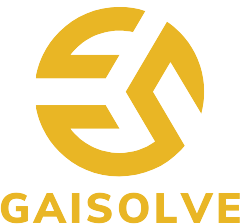Work Areas
Our Current Work includes projects in the areas of :
- AI/ML (Predictive Analytics)
- Generative AI (ChatBots, Data Exploration, Stories)
- Analytics (Power BI, Tableau, QlikView)
- Warehousing (SnowFlake, DataBricks)
- Security (Single Sign-On, Security Scans, Cloud Security).
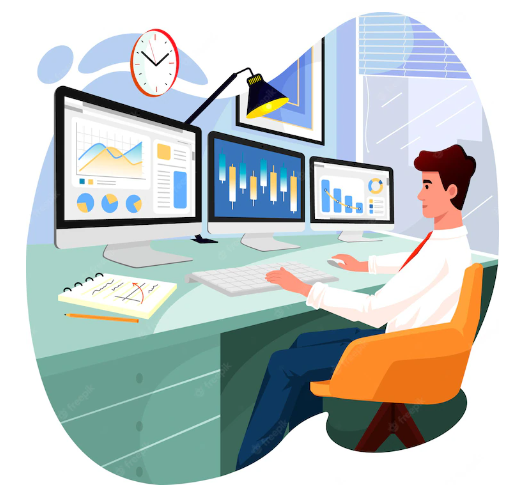
- AI/ML (Predictive Analytics):
- Predictive analytics leverages historical data and machine learning algorithms to forecast future outcomes.
- It’s used in various industries, such as finance (credit risk assessment), healthcare (disease prediction), and marketing (customer behavior analysis).
- Generative AI:
- Generative AI models, like GANs (Generative Adversarial Networks), can create realistic and novel content such as images, music, and even human-like text.
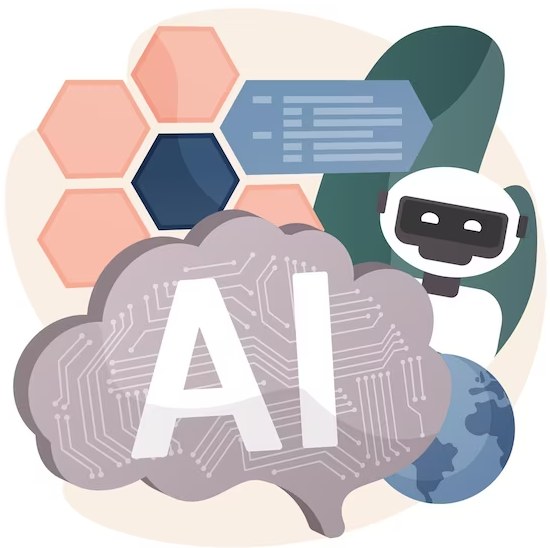
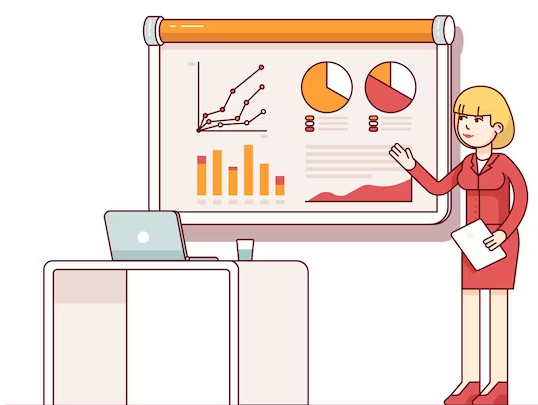
- Analytics (Power BI, Tableau, QlikView):
- Data visualization tools like Power BI, Tableau, and QlikView help businesses turn complex data into easily understandable visuals, aiding decision-making.
- Interactive dashboards enable users to explore data and gain insights through filters, drill-downs, and dynamic visualizations.
- Warehousing (SnowFlake, DataBricks):
- Cloud-based data warehousing solutions like Snowflake offer scalability and flexibility for handling large volumes of data.
- Platforms like DataBricks combine data engineering and data science capabilities, making it easier to process and analyze data.
- Security (Single Sign-On, Security Scans, Cloud Security):
- Single Sign-On (SSO) streamlines user authentication by allowing access to multiple applications with a single set of credentials.
- Regular security scans help organizations identify vulnerabilities and ensure that their systems are protected against cyber threats.
- Cloud security involves implementing measures to secure data and applications hosted in cloud environments, maintaining compliance and data privacy.

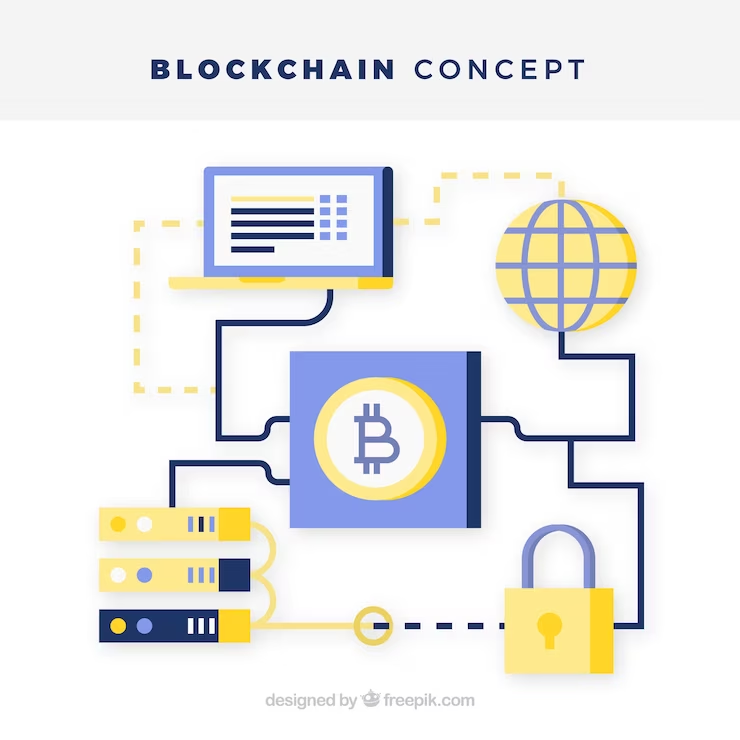
Emerging Trends
- Edge Computing:
- Edge Computing:
- Edge computing reduces data transfer delays by processing data closer to its source, enhancing real-time decision-making for applications like IoT and AI.
- It’s essential for applications that require low latency, such as autonomous vehicles and remote monitoring.
- Blockchain and Cryptocurrency:
- Blockchain’s decentralized and tamper-proof ledger has applications beyond cryptocurrency, including supply chain tracking, digital identity, and secure document storage.
- IoT (Internet of Things):
- IoT connects devices to gather data, enabling smart devices, remote monitoring, and data-driven insights for optimized operations.
- Web 3.0: Web 3.0, often referred to as the “Decentralized Web” or the “Semantic Web,” represents the next evolution of the internet. Unlike its predecessors, Web 3.0 aims to transcend the limitations of Web 2.0 by introducing new concepts that emphasize decentralization, interoperability, and enhanced user experiences.
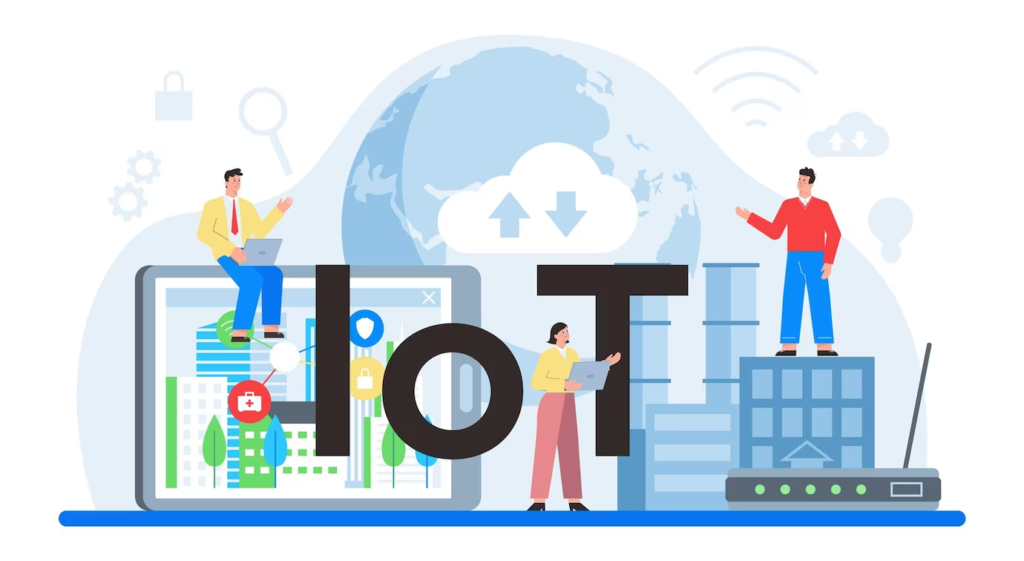
- These highlights showcase the significance and potential of each area in shaping industries, improving efficiency, and driving innovation. Exploring these areas can lead to exciting opportunities to contribute to technological advancements.
